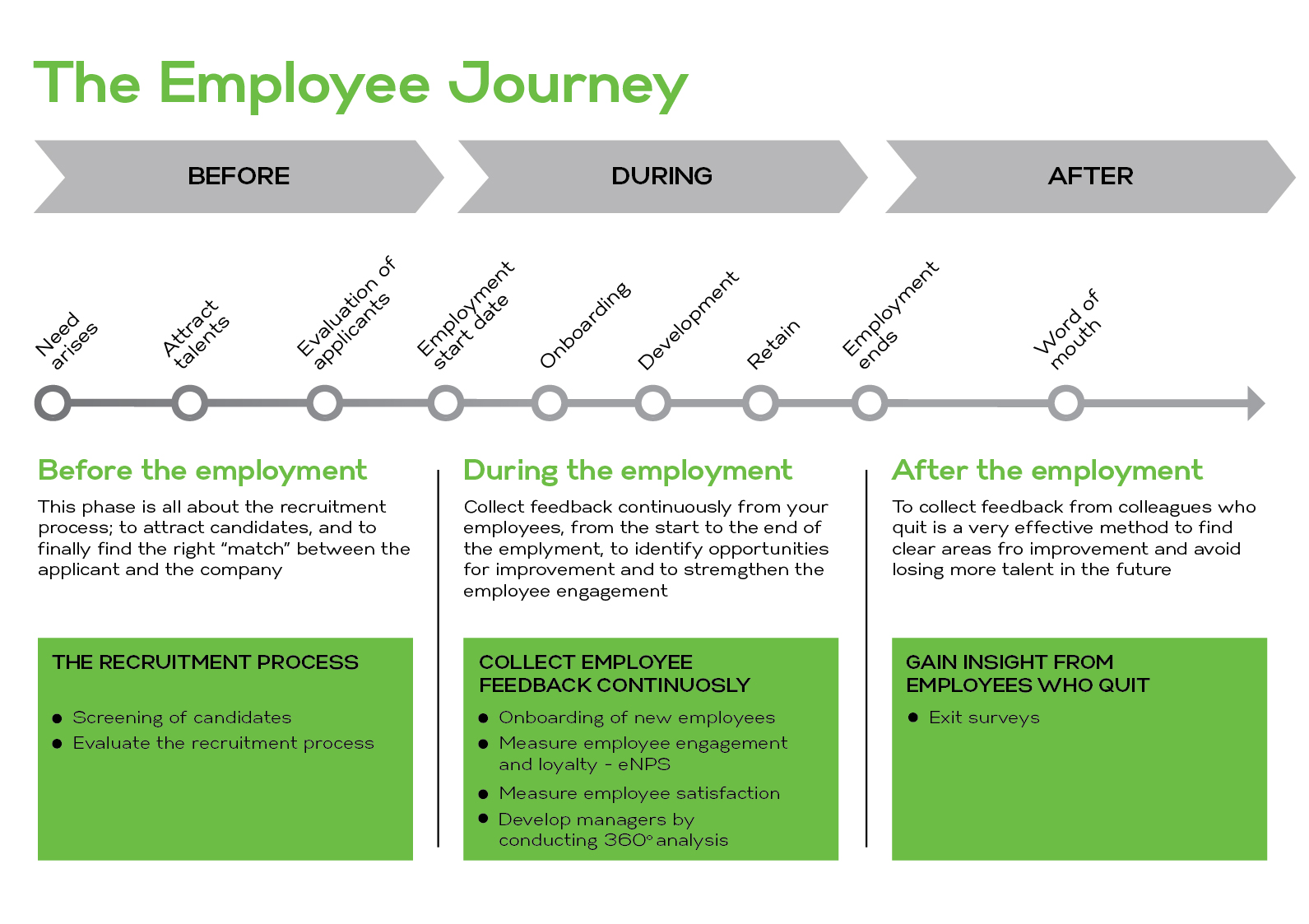Have you ever had top talent walk out on their job because they didn’t feel part of the team? You might not be alone. Figures suggest that as many as 40% of staff feel isolated while at work.
In this article, we are going to look deeper into fostering a sense of belonging in your team through your HR process to improve employee retention.
Why does employee belonging matter in the HR process
A need to feel a sense of belonging is inherent in all of us, whether it is stimulated by social, or situational environments and materials.
At work, we yearn to be part of something bigger than our role and we dislike boundaries that stop us from engaging and participating in a way that makes us feel valued (Journal of Workplace Learning, article 3 April 2019. Belonging at work: the experiences, representations and meanings of belonging by Cathrine Filstad, Laura E.M. Traavik, Mara Gorli).
When as employees, we feel belonging, we are more engaged, motivated, productive and confident.
Yet 40% of US staff felt physically and emotionally isolated at work in 2018, according to a study by Cigna - a feeling mirrored across the world experts say. It seems we simply aren’t doing enough to retain staff within our HR processes and company cultures.
Covid 19 made this situation worse for some, as lockdowns and remote work magnified the sense of disconnect. As we return to a more hybrid workspace it feels more important than ever to operate an inclusive and more mindful HR function.
When employees feel a strong sense of belonging we see a
● 56% increase in job performance
● 50% drop in employee churn rates
● 75% reduction in sick leave
For a 10,000-strong workforce this looks like as much as US$ 52 million in business savings, according to an article in the Harvard Business Review.
How to foster employee belonging with great HR processes
Part of our job as HR managers is to provide employees with the tools they need to do their jobs, the other part, which is incredibly important, is to foster a sense of belonging. Here at mselect we created a checklist of concepts to include in your HR function.
1. HR process mapping: demonstrate care through the employee journey map
More and more businesses are moving their core HR functions online, something we offer to clients at mselect. With this comes a need to revisit HR process mapping to make sure that a system build is fit for purpose.
What is HR process mapping? HR process mapping is an illustrative way of planning the steps in your HR flow of processes (a workflow chart if you like).
Your HR process flow must include a guide to the employee journey.

We can cultivate a sense of belonging early into the employee journey, through the way we communicate, screen and interview candidates. Reaching out and adding a human touch to the recruitment process goes a long way to fostering an engaged employee before they officially start a role.
During employment, we have several means to work with our staff by creating personalised touchpoints that signify team value to an employee. Making sure to review and refine these touchpoints helps us not only create a sense of belonging in the ‘now’ but instils a sense of loyalty even after an employee leaves us.
2. Open the lines of communication
One of the biggest reasons for employee dissatisfaction is that they do not feel heard. Metaphorically opening the doors to your HR office through physical and digital means enables staff the opportunity to speak openly about their experiences.
Engagement is not only the key to understanding your employees better but also to elevate a sense of belonging, through feeling cared for.
Clearer communication at dedicated touch points isn’t the only answer, The Harvard Business Review survey (2019) found that 39% of people felt a bigger sense of belonging within an organisation if colleagues checked in with them both professionally and personally regularly.
3. Cultivate inclusivity and the value of diversity
We talked earlier about how a sense of belonging can come from a workplace’s social environment. Often to an employee, this can be the opportunity to share and celebrate their cultural, religious orientations and subgroups, as well as gender and sexuality. Creating a space where employees from diverse backgrounds can feel safe and accepted is a great way to boost workforce happiness.
4. Create a culture where employees can feel comfort, connection and openness to their contributions
Strong working relationships are built on trust that is embedded through sensations of comfort, connection and openness to contributions. By creating a company culture that breeds this ethos among employees you can take a giant step towards reducing employee churn rates.
5. Personalise reward systems
Not every system is easily personalised in larger organisations, but what can be personalised to suit individual employees should. Reward systems are a great place to show an employee how valued they are by personalising their compensations.
Looking for an HR process that fosters employee belonging and increases retention rates?
Employee retention rates are always a concern, especially when an organisation goes to so much trouble and expense attracting top talent. Fostering a sense of belonging through your company culture will go a long way to helping here.
There might be an occasion (and maybe that’s right now) where you feel like your HR function just isn’t performing as you’d like. This is where mselect can help!
mselect provides a fully comprehensive HR consultancy and outsourced HR function, and our team of expert human resource specialists are here to deliver top talent and retain it within your organisation.

